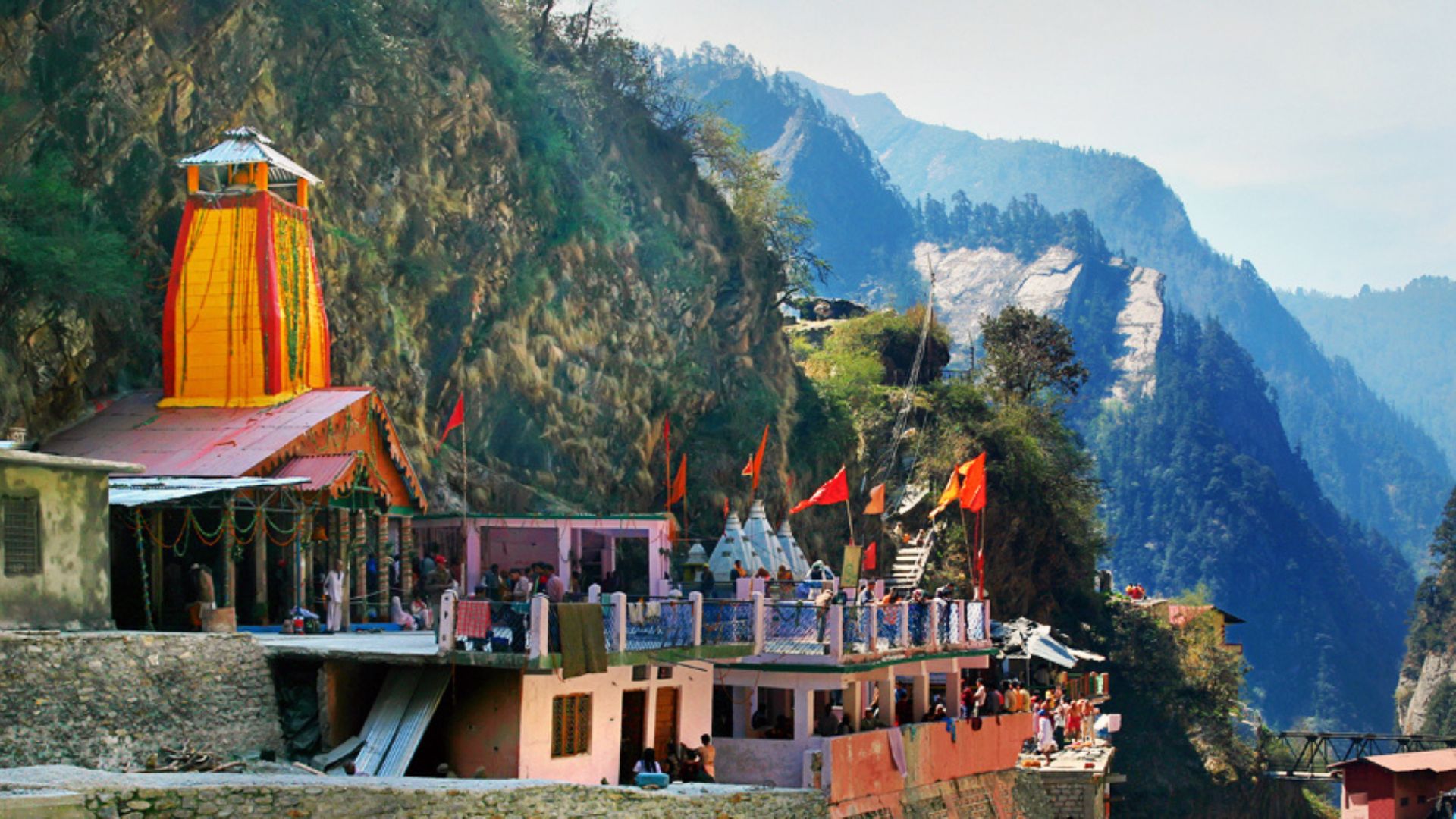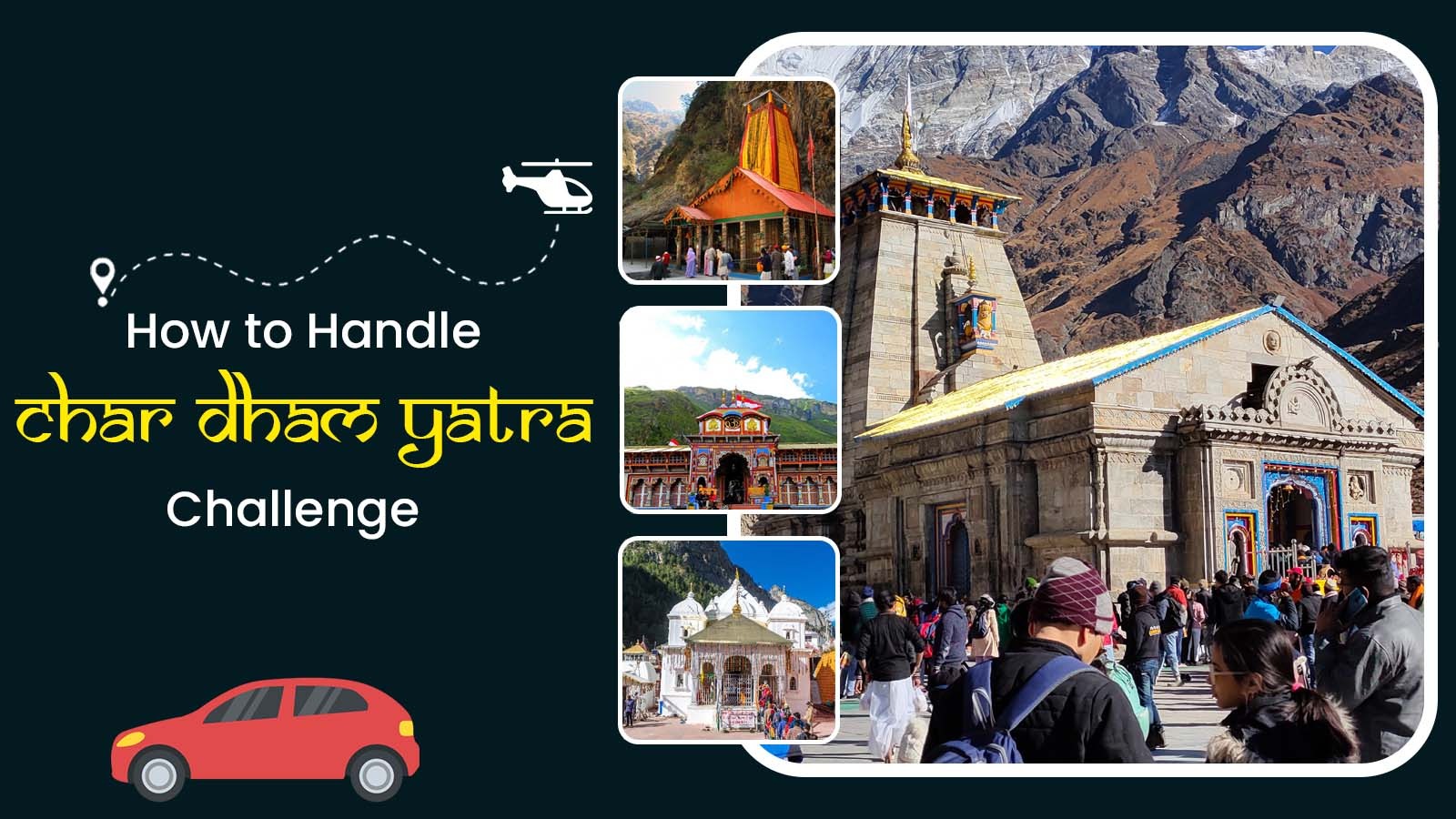Char Dham Yatra is considered one of the most challenging journeys in India, involving visits to sacred shrines through demanding trekking routes. Due to the high popularity of this pilgrimage, Uttarakhand tourism has taken the expedition seriously by arranging various transportation facilities.
Only those with a strong will and determination should choose this yatra, as it is filled with challenges and difficulties. But when you reach the high peaks of the sacred Himalayas, the experience is divine and beyond words. Along with strong determination, here are ten tips to help you tackle the challenges of one of the most difficult yet tranquil Places to Travel in India.
Common Problems in Char Dham Yatra
- High Altitude Sickness
Devotees undertaking this highly revered Pilgrimage Tour often encounter severe breathing difficulties due to the high altitudes, which result in low oxygen levels, air pressure, and temperatures. For those not ready for harsh conditions, the low air pressure can lead to nausea and other medical issues. The extreme conditions can be extremely hard to manage for older individuals.
- Difficult Trekking Routes
The trekking routes, especially for people from urban areas and elderly pilgrims, can be challenging. The 16 km-long Kedarnath trek is considered difficult, and older individuals may face significant difficulties. A helpful tip for senior citizens is to opt for the Chardham Yatra Package by Helicopter. The other three Dhams have shorter distances and can be easily covered on foot.
- Medical Conditions
Reports suggest that most mishaps and deaths during the yatra are due to altitude sickness. Individuals with heart disease should avoid the Char Dham Yatra due to the elevated risk of complications.
Tips For Char Dham Yatra
- Before setting sail for the Yatra, always undergo a full body medical check-up to ensure you are fit for this pilgrimage.
- Individuals with heart issues, respiratory problems, diabetes, or high blood pressure should take special precautions.
- Take proper rest at intervals during your journey, resting every 500-800 meters. Also, allocate a day for rest during the trek.
- Practice breathing exercises beforehand, as oxygen levels are significantly lower in these altitudes. Preparing your body for lower oxygen levels is essential.
- Keep the necessary medications with you throughout the trek.
- If you experience uneasiness, vomiting, nausea, headache, rapid heartbeat, tiredness, or breathing problems, consult a doctor immediately and seek medical help.
- Stay hydrated by drinking water regularly.
- Avoid smoking and strictly steer clear of oily and heavy foods during the yatra.
- Use a strong SPF to protect yourself from the harsh sunlight at such altitudes.
Char Dham Yatra Sites
1. Yamunotri Temple

Yamunotri Dham, where the sacred Yamuna River originates, is the first stop on the yatra. Named after Goddess Yamuna, the twin sister of Yama (the God of death), the pilgrimage involves a visit to this sacred site. Taking a bath in the holy waters of the Yamuna River is believed to cleanse sins and provide protection from untimely death.
Legend has it that sage Asit Muni, who resided in a nearby hermitage, used to bathe in both the Ganga and the Yamuna. As he aged and was unable to reach Gangotri, a stream of the Ganga suddenly started flowing alongside the Yamuna. There, one can spot the idol of Goddess Yamuna, situated against the backdrop of the Yamuna river.
2. Gangotri Dham

Gangotri Dham is the birthplace of the sacred River Ganga. According to Hindu legends, the mighty river emerged as Lord Shiva released it from the locks of his hair. Dedicated to Goddess Ganga, Gangotri Dham is the second of the four temples on the Char Dham Route. The sacred snout of the Gangotri Glacier, known as Gaumukh, is where the river originates, located approximately 19 kilometres from Gangotri. Nearby, you can find significant religious sites like Bhagirath Shila and Pandava Gufa.
3. Kedarnath Dham

Kedarnath Dham requires an uphill trek of about 22 kilometres from Gaurikund. To assist pilgrims in reaching the structure, pony and manchan services are available. Considered one of the five places believed to be the residence of Lord Shiva, Kedarnath Dham holds great significance. In the Vedas and Puranas, the term ‘Kedar’ refers to Lord Shiva. Kedarnath is recognized as the abode of Lord Shiva, where he is believed to reside in the form of a Linga. It is also the highest located jyotirling.
The temple, an ancient stone situated on the banks of the Mandakini River, is said to have been built by the Pandavas and later restored by Adi Sankara in the 8th century CE. The view of this temple against its snowy backdrop is truly magnificent.
4. Badrinath Dham

Badrinath holds sacred significance for Lord Vishnu, especially in his dual form of Nara-Narayana. Adi Shankaracharya re-established the Badrinath temple in the 8th century as part of his mission to revive Hinduism. Located on the banks of the Alaknanda River, Badrinath Dham is surrounded by numerous ancient sites with both historical and religious importance. Despite the challenging journey to the site, Badrinath remains one of the most visited shrines in the country.
Conclusion
Conditions such as high blood pressure, heart attacks, and mountain sickness are common among pilgrims. The higher altitude of Char Dham increases the possibility of sudden temperature variations, leading to symptoms like headaches, dizziness, nausea, fatigue, and shortness of breath. In such cases, pilgrims are advised to report to the nearest medical camp, rest, and resume their yatra cautiously. With the above-mentioned tips, one can complete this holy Yatra with minimal difficulties.




